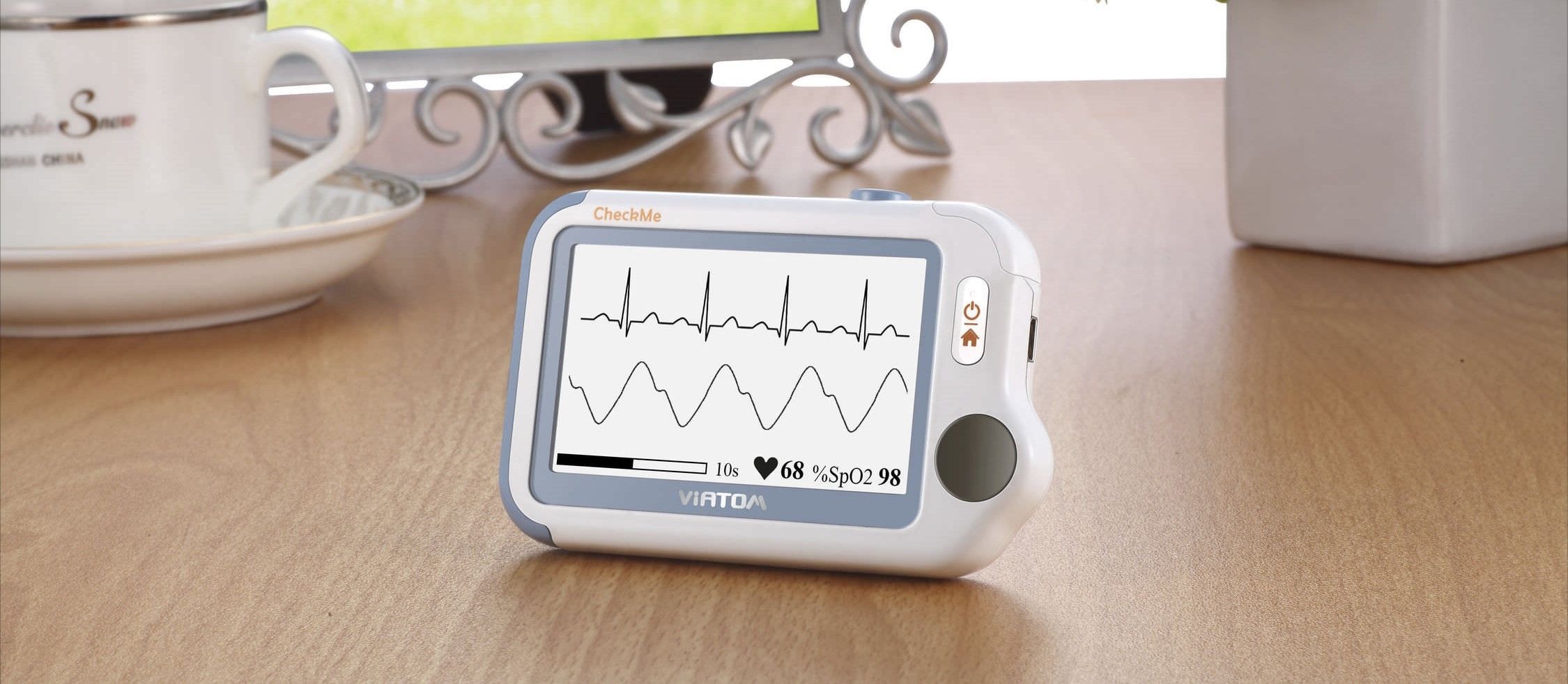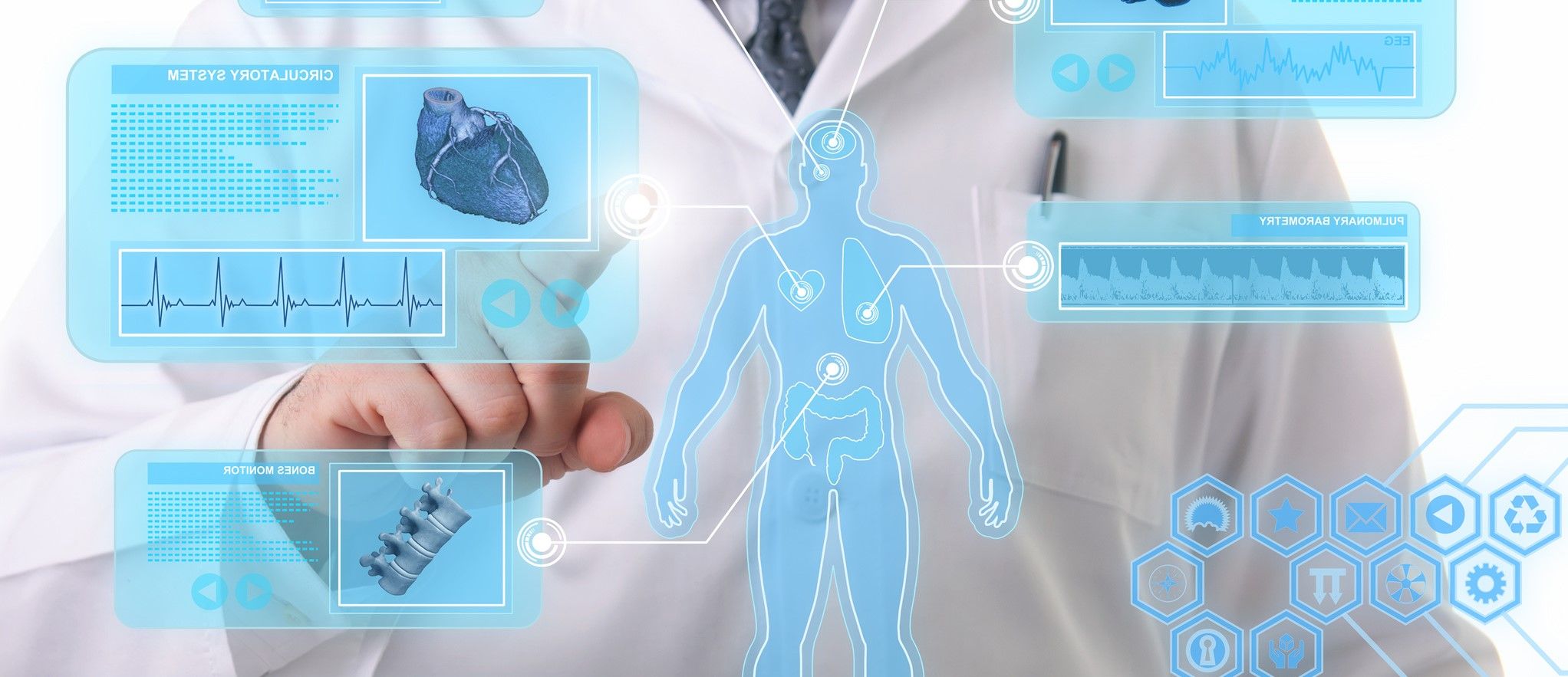The Big Viatom Checkme Pro Review: let’s see to what extent the device can bring the medical tricorder to life by measuring health parameters!



Answers to rejuvenation objections #1: The Tithonus Error.
We certainly agree on this one! Living longer when your body keeps falling apart would suck big time, but that is not what rejuvenation is about. In fact, it is about preventing that from happening, in the short and long runs alike.
I probably have made the above concept clear enough on the website as a whole, but then again dealing with it separately in the objections section may be a good idea. In case anyone hasn’t read the explanations on ageing and rejuvenation first and jumps directly to the answers to objections, they might not get the full picture and think we’re just trying to make people live longer without curing them of the ill health of old age.
The concern of more life in a sicker body is well illustrated by the greek myth of Tithonus. In short, Tithonus was a mortal who was in love with Eos, the titan of the dawn. She fancied him back, but they had a problem: As a deity, she was immortal, but Tithonus was not. One day he’d give up the ghost and their idilly would be broken. Thus, Eos pleaded with Zeus to make Tithonus immortal as well. Problem solved, right? Yeah, not really.

Eeek.
(HealthDay)—Eight people who worked at several rat-breeding facilities in Illinois and Wisconsin have been infected with a virus not commonly found in the United States, federal health officials said Friday.
This is the first known outbreak of Seoul virus associated with pet rats in the United States, although there have been several outbreaks in wild rats, according to the federal Centers for Disease Control and Prevention.
Seoul virus is a member of the Hantavirus family of rodent-borne viruses and is carried by wild Norway rats worldwide. Most rats infected with the virus do not appear sick.


In Brief:
As the world of medicine is increasingly changed by biology, technology, communications, genetics, and robotics, predicting the outlook of the next few decades of medicine becomes harder. But that is exactly what Melanie Walker of the World Economic Forum does, and she predicts a bright new future for healthcare.

In Brief
Memories are the faintest, most ethereal wisps of our neurophysiology — somehow, the firing of delicate synapses and the activation of neurons combine to produce the things we remember. The sum of our memories make us who we are; they are us, in every way, and without them we cease to be.
So it’s needless to say that there’s a pretty significant premium on discovering new ways to combat memory loss. Most of these involve physiological and biological methods, but some scientists, such as Theodore Berger of the University of Southern California, are beginning to turn toward technology. If any of these methods are successful, it would mean the possibility of perfect lifelong memory recall.

Synthetic chemicals commonly found in insecticides and garden products bind to the receptors that govern our biological clocks, University at Buffalo researchers have found. The research suggests that exposure to these insecticides adversely affects melatonin receptor signaling, creating a higher risk for metabolic diseases such as diabetes.
Published online on Dec. 27 in Chemical Research in Toxicology, the research combined a big data approach, using computer modeling on millions of chemicals, with standard wet-laboratory experiments. It was funded by a grant from the National Institute of Environmental Health Sciences, part of the National Institutes of Health.
Disruptions in human circadian rhythms are known to put people at higher risk for diabetes and other metabolic diseases but the mechanism involved is not well-understood.

The graphene temporary tattoo seen here is the thinnest epidermal electronic device ever and according to the University of Texas at Austin researchers who developed it, the device can take some medical measurements as accurately as bulky wearable sensors like EKG monitors. From IEEE Spectrum:
Graphene’s conformity to the skin might be what enables the high-quality measurements. Air gaps between the skin and the relatively large, rigid electrodes used in conventional medical devices degrade these instruments’ signal quality. Newer sensors that stick to the skin and stretch and wrinkle with it have fewer airgaps, but because they’re still a few micrometers thick, and use gold electrodes hundreds of nanometers thick, they can lose contact with the skin when it wrinkles. The graphene in the Texas researchers’ device is 0.3-nm thick. Most of the tattoo’s bulk comes from the 463-nm-thick polymer support.
The next step is to add an antenna to the design so that signals can be beamed off the device to a phone or computer, says (electrical engineer Deji) Akinwande.

Research by scientists at Swansea University is helping to meet the challenge of incorporating nanoscale structures into future semiconductor devices that will create new technologies and impact on all aspects of everyday life.
Dr Alex Lord and Professor Steve Wilks from the Centre for Nanohealth led the collaborative research published in Nano Letters. The research team looked at ways to engineer electrical contact technology on minute scales with simple and effective modifications to nanowires that can be used to develop enhanced devices based on the nanomaterials. Well-defined electrical contacts are essential for any electrical circuit and electronic device because they control the flow of electricity that is fundamental to the operational capability.
Everyday materials that are being scaled down to the size of nanometres (one million times smaller than a millimetre on a standard ruler) by scientists on a global scale are seen as the future of electronic devices. The scientific and engineering advances are leading to new technologies such as energy producing clothing to power our personal gadgets and sensors to monitor our health and the surrounding environment.